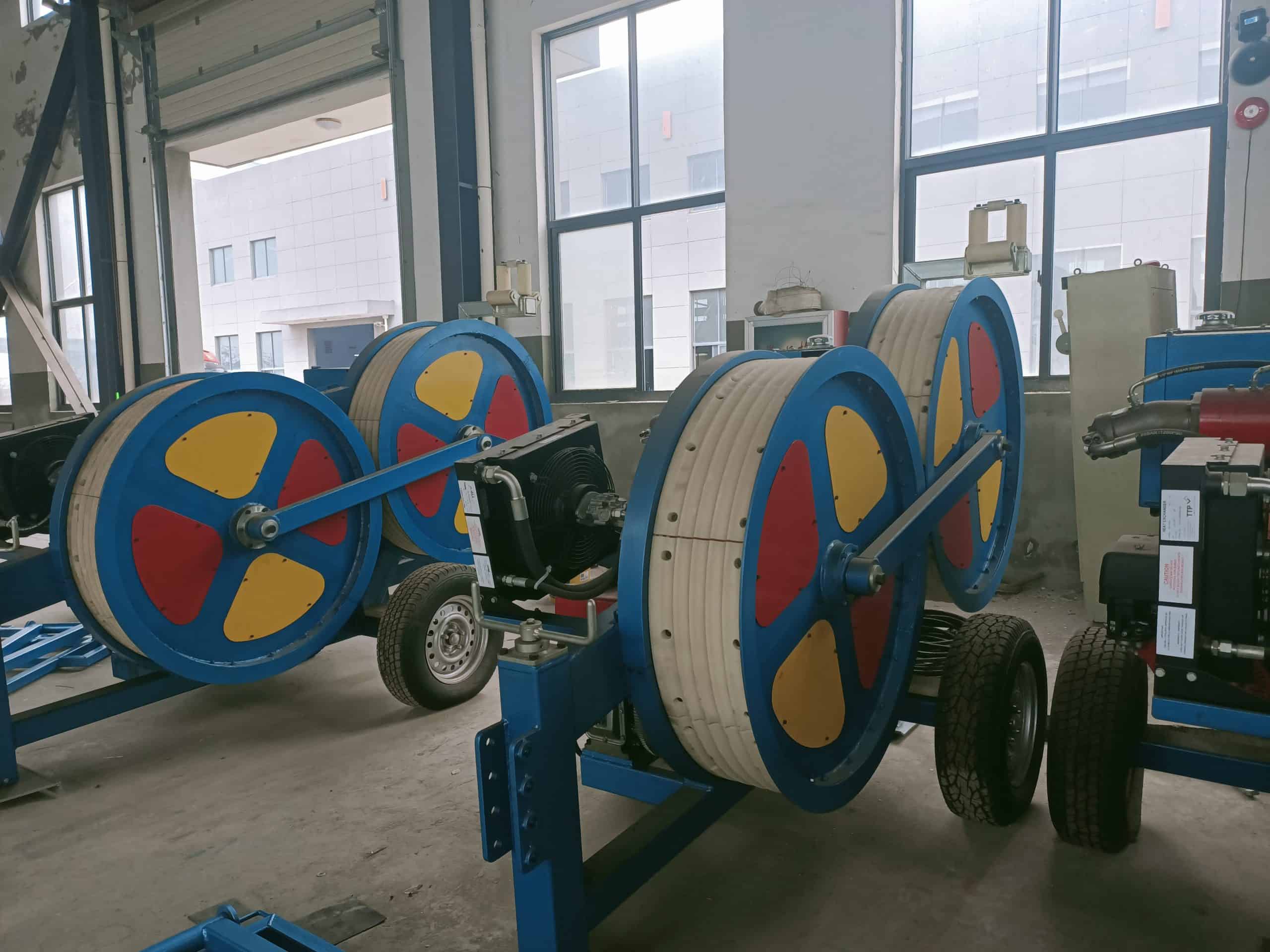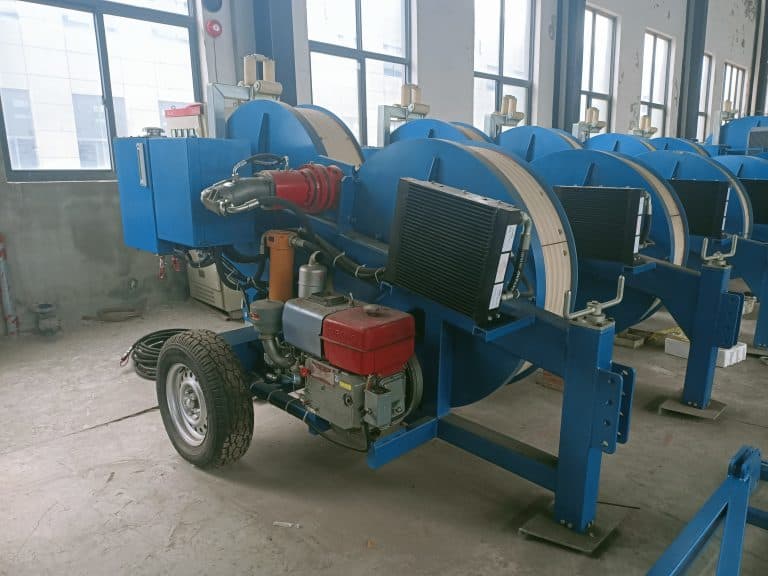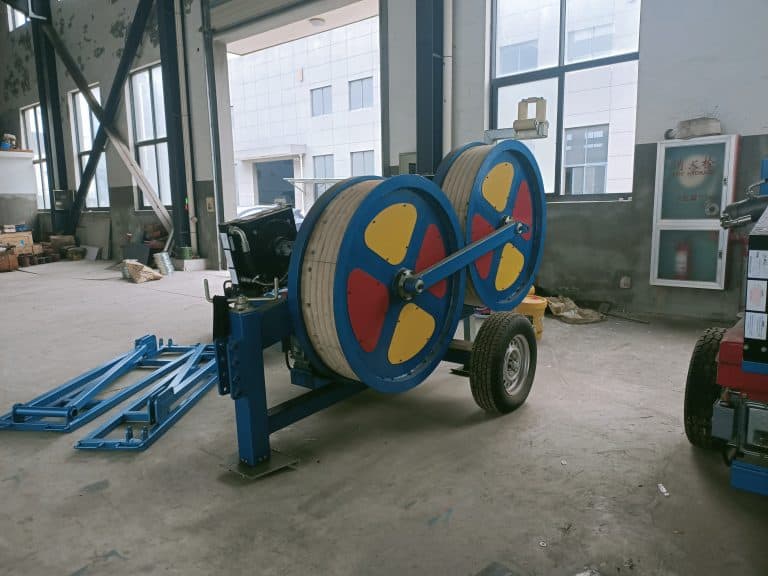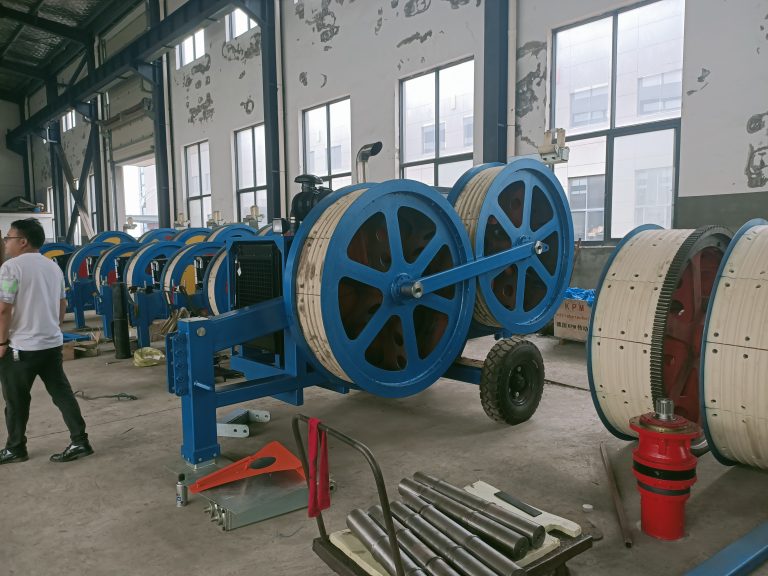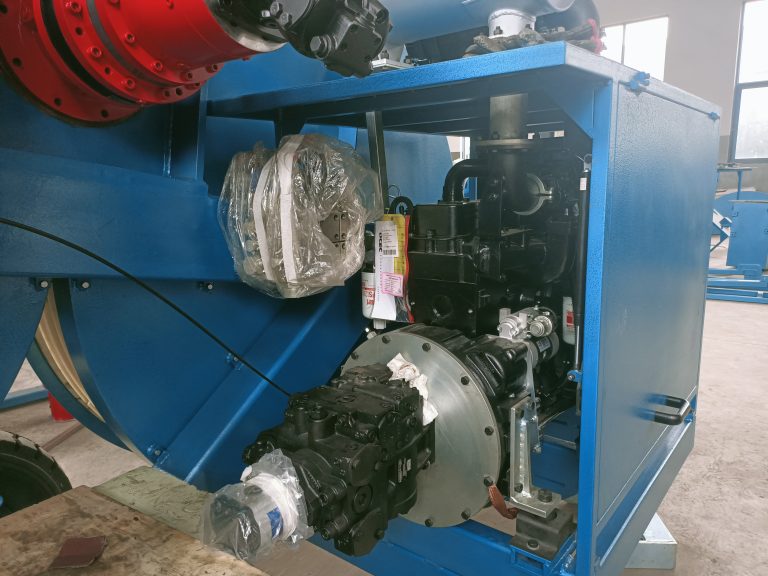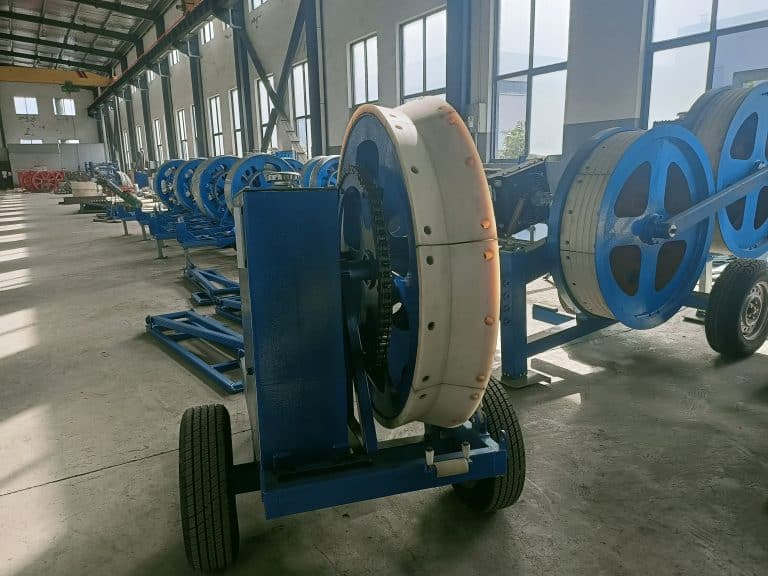How to use overhead line stringing tools?
Overhead line stringing (OOLS) is a critical part of any manufacturing process. It’s what keeps…
Overhead line stringing (OOLS) is a critical part of any manufacturing process. It’s what keeps machines moving and products flowing smoothly. If something goes wrong with the OLS, it can have serious consequences, both for the company and its customers.
In this blog post, we will teach you everything you need to know about using OLS tools safely and effectively. From choosing the right tool for the job to setting up and operating the equipment, we want to make sure you get the most out of your OLS system.
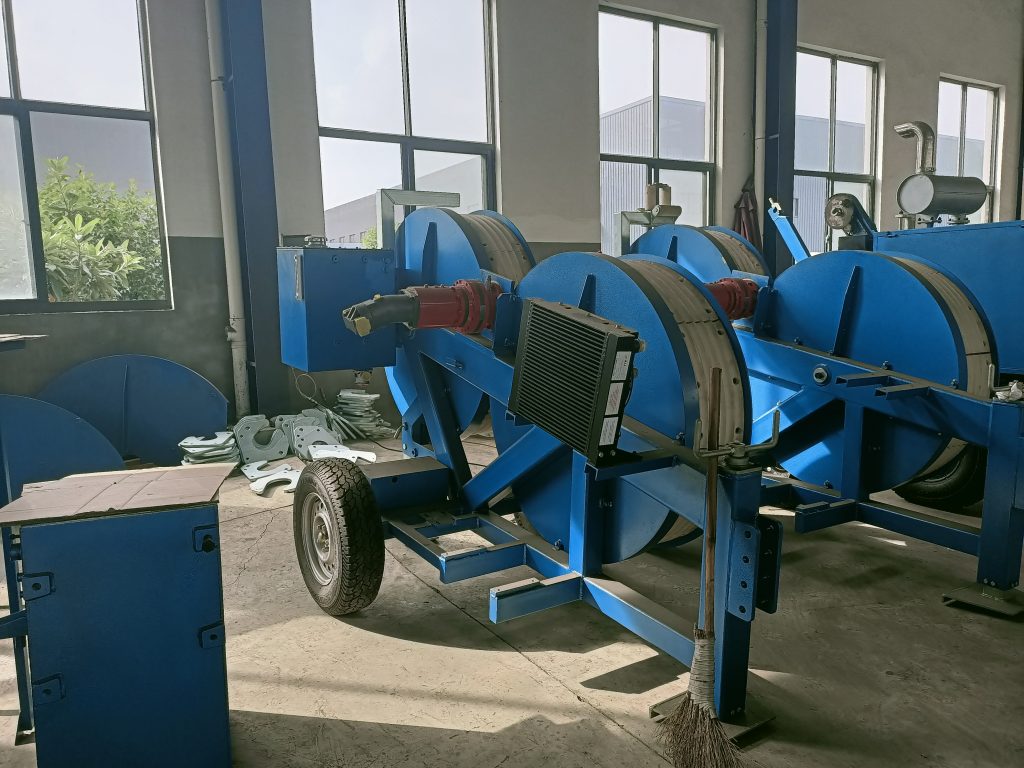
What are overhead line stringing tools?
Overhead line stringing tools are used to hold wires in place while they are being routed or formed. There are a variety of different types of overhead line stringing tools, each with its own specific uses.
There are three main types of overhead line stringing tools: clamps, climbers, and Hoists. Clamps grip the wire while climbers move up and down the wire to form it. Hoists lift the wire off the ground and hold it in place.
Each type of overhead line stringing tool has its own advantages and disadvantages. Clamps are versatile and can be used for a variety of tasks, but they can be difficult to use and less accurate than other types of tools. Climbers are easier to use than clamps, but they may not be as accurate. Hoists are more accurate than climbers, but can be more difficult to operate.
How do they work?
Overhead line stringing is a process that uses heavy metal wires to suspend objects, such as trees or power lines. Wire rope and cable are other common types of overhead line equipment. Overhead line stringing tools include clamps, hammers, and jacks.
How to use them?
If you are looking to string a line between two points, overhead line tools can be a great option. Overhead line tools are typically long metal poles with an attached line that can be walked along. They are easy to use and can be set up in minutes.
To string an overhead line, start by finding the center of the string. This is usually easiest if you have someone hold one end of the string while you walk the other end along a landmark or edge. Once you have located the center of the string, tie a knot in it and make sure it’s tight. Then, walk the end of the string back to your starting point and repeat steps 1-3 until your project is complete.
Conclusion
Overhead line stringing tools can be a great way to add some interest and dimension to your shots. If you’re new to using this type of equipment, or if you’re just not sure how to use it effectively, take a look at our handy guide below. By following these tips, you’ll be able to pull off some beautiful shots in no time!
transmission line stringing tools, condux cable puller for sale, underground cable puller truck, hydraulic cable pulling winches, fiber optic puller for sale, conductor stringing equipment, transmission line stringing tools manufacturers, tse underground puller, hydraulic cable puller, transmission wire pulling equipment.

